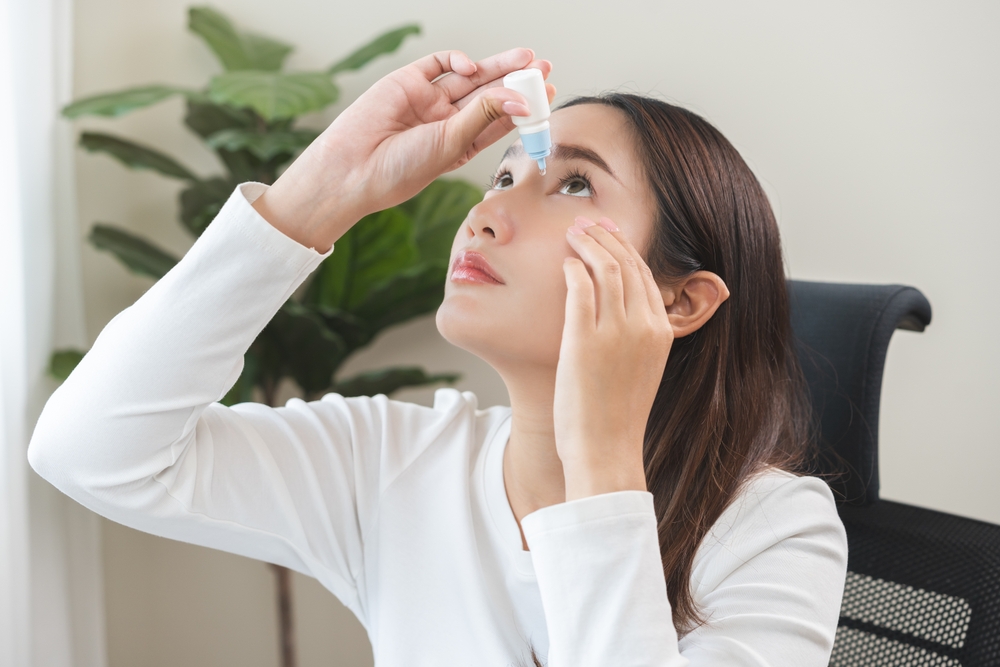Real Answers, From Real Eye Doctors
Explore our blog — written by Arbor Eyecare’s own physicians to help you better understand and care for your vision.

Dry eye is common, but it’s not simple. Dry eye is a complex, multifactorial disease in which inflammation, imbalances, and loss of regulation of the components of the tear film (oily layer, gel-like mucin layer and watery aqueous layer) and neuro-sensory issues contribute to the symptoms with dry eye (feelings of dryness, grittiness, fluctuating vision and poorer quality vision).

In 1970, a patient suffering from dry eyes would likely be told to use over-the-counter artificial tears and sent on their way. In 2025, your eye doctor may still recommend artificial tears — but that’s just the beginning.

To understand glaucoma there are two key concepts about the eye we need to understand. The first being what is the optic nerve. The optic nerve is a cable of nerve fibers that carries the visual information from our eye to our brain. Second, we need to understand eye pressure. Our eye is constantly making fluid and draining it. If we make too much or do not drain it fast enough, the pressure inside the eye can build up. If that pressure is too high for an individual, it can create a shearing force on the optic nerve and slowly cause damage over time. This progressive damage to the nerve is glaucoma.

Inside our eyes, we have a natural lens that bends (refracts) light to help us see. When we are young, this lens is clear and flexible. The flexing of the lens allows for accommodation (focusing) at near targets. Over time, the lens becomes cloudy and rigid. The rigidity of the lens results in our need for reading glasses (loss of focusing abilities). The cloudiness is the development of cataracts.

Summer is here in the Pacific Northwest! While we want you to enjoy these next few months out in the sun, we also want to remind you on the importance of sun protection and your eyes.

Age-related macular degeneration (AMD) affects millions of people worldwide and is a leading cause of blindness globally.

A stye, or its medical name— hordeolum— forms from a clogged and infected oil gland of the eyelid.

People frequently ask us "what else can I do for my eyes?" Often, this question comes when their eyesight is already compromised in some way - by glaucoma, macular degeneration, or a problem with the optic nerves. One thing that's common for all of us to forget: everything that keeps the rest of our bodies healthy also keeps our eyes healthy.

Presbyopia, otherwise known as age-related far-sightedness, is an age-related condition that gradually affects our ability to focus on close-up objects. As such, a common side effect involves the loss of the ability to see near objects (i.e. books, cell phones, recipes, etc.). Many notice this most once they start having to hold reading materials at an arm’s length distance to view them. Due to the blurred vision that one may see up close, it can cause eye fatigue and frontal/temple headaches while on the computer or reading. Although there are no ways to stop or reverse the effects of presbyopia, there are ways to help eliminate its symptoms. Namely, contact lenses, and/or glasses.

Dry eye is a common eye condition characterized by a deficiency in the tear film, a layer that coats the front surface of the eye, or the cornea. The tear film is very important for lubrication of the cornea, providing comfort of the eyes and clarity of vision. The tear film has three main components: a mucin layer, an aqueous (water) layer, and a lipid (oil) layer. Deficiencies in any one of these layers can lead to dry eye.











